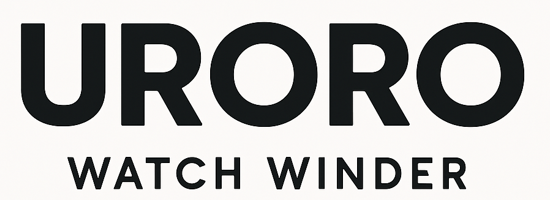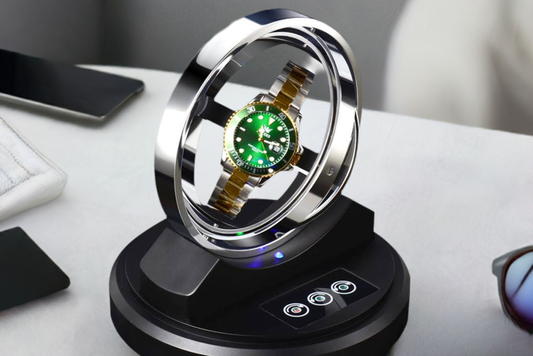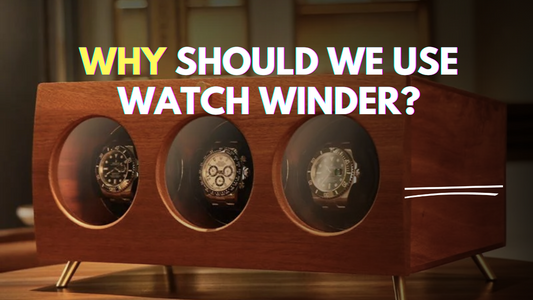Rolex, the iconic Swiss luxury watchmaker, is renowned for its unwavering commitment to quality and precision. From the meticulous selection of materials to the intricate craftsmanship, each Rolex timepiece is a testament to horological mastery. In this article, we dive deep into the hidden numbers behind the iconic Rolex, exploring the real cost of crafting these legendary watches.
Credit: YouTube Channel - TraxNYC Diamond Jewelry
The Rolex Production Process: A Journey of Precision
Materials Mastery: Exploring the Exclusive 904L Steel and Precious Metals
At the heart of Rolex's exceptional craftsmanship lies the use of premium materials, such as the exclusive 904L stainless steel. This high-performance alloy, developed in collaboration with the Swiss steel industry, offers unparalleled corrosion resistance and durability. The 904L steel, composed of 20% chromium, 35% nickel, and 45% iron, allows Rolex watches to maintain their luster and integrity, even when exposed to harsh environments.
In addition to the 904L steel, Rolex employs precious metals like gold, platinum, and silver in the production of its timepieces. These carefully selected materials enhance the watches' durability and resistance to corrosion while adding to their aesthetic appeal.
In-House Movements: The Intricate Engineering Behind Rolex's Self-Winding Calibers
Rolex is one of the few watch manufacturers that produce its movements entirely in-house, ensuring complete control over the design, development, and production of each caliber. The intricate engineering behind Rolex's self-winding movements incorporates cutting-edge technology and traditional craftsmanship, resulting in timepieces that are both functional and beautiful.
Innovations like the Parachrom hairspring and the Chronergy escapement enhance the efficiency, reliability, and accuracy of Rolex's in-house movements. The production process involves meticulous assembly, testing, and quality control, with skilled watchmakers ensuring that every component meets Rolex's exacting standards.
The Numbers Game: Estimated Production Costs
Entry-Level vs. High-End Models: A Cost Breakdown
To understand the cost of producing a Rolex, we must examine the estimated breakdown for both entry-level and high-end models. For the entry-level Oyster Perpetual, the in-house caliber 3130 movement accounts for 20-30% of the total production cost ($1,500-$2,250), while the stainless steel case and bracelet contribute 30-40% ($2,250-$3,000). The dial, hands, and other components make up the remaining costs, with labor and overheads accounting for 10-15% ($750-$1,125). The total production cost for an Oyster Perpetual ranges from $6,750 to $9,250.
In contrast, the high-end Daytona features the in-house caliber 4130 chronograph movement, which accounts for 35-45% of the total production cost ($10,500-$14,250). The 18k gold or platinum case and bracelet contribute 40-50% ($12,000-$16,500), with the dial, hands, and other components making up the remaining costs. The total production cost for a Daytona ranges from $30,000 to $43,250.
The Labor-Intensive Craft: The Human Touch and Its Impact on Production Expenses
Rolex's commitment to excellence translates into significant labor costs, with skilled watchmakers and craftsmen undergoing rigorous training to ensure each timepiece meets the brand's exacting standards. The meticulous quality control process and the hand-finishing and decoration of components contribute to the overall production cost, particularly for high-end models.
Innovative Technologies: How Rolex's R&D Investments Reduce Long-Term Costs
Rolex's substantial investment in Research and Development (R&D) has enabled the brand to reduce long-term costs while maintaining exceptional quality and performance. Innovations like the Parachrom hairspring, Cerachrom bezels, and advanced coating technologies enhance the durability and reliability of Rolex watches, reducing the need for costly repairs and replacements.
The brand's use of advanced materials and manufacturing techniques, such as 3D printing and computer-aided design (CAD), streamlines the production process, resulting in significant cost savings without compromising quality.
Quality Control Par Excellence: The Rigorous Testing That Justifies the Price Tag
Rolex's unparalleled commitment to quality control is a significant factor in justifying the premium price tag associated with its watches. Every Rolex timepiece undergoes a series of rigorous tests, including the brand's proprietary "Superlative Chronometer" certification, which ensures exceptional precision and performance.
The meticulous inspection of every component and the focus on minimizing waste and optimizing efficiency further contribute to the value proposition of Rolex watches, justifying the premium price tag.
The Role of Brand Equity and Supply and Demand Dynamics
Rolex's unparalleled reputation for excellence, precision, and style, cultivated over more than a century, is a significant contributor to the premium commanded by its watches. The brand's commitment to quality, innovation, and attention to detail is evident in every aspect of its timepieces, from the meticulous craftsmanship to the use of high-quality materials.
The supply and demand dynamics in the luxury watch market also play a crucial role in shaping the perceived production costs of Rolex watches. The scarcity of certain models, limited production runs, and the exclusivity of Rolex watches all contribute to their allure and, subsequently, their price.
Rolex vs. Competitors: A Comparative Analysis of Production Costs and Retail Pricing
When compared to high-end competitors like Patek Philippe, Audemars Piguet, and Omega, Rolex's production costs are relatively similar. However, Rolex's retail prices are often significantly higher due to its prestige, marketing efforts, and distribution costs.
Rolex's unique position in the luxury watch industry, with its vertical integration and ability to maintain higher profit margins, allows the brand to invest in research and development, further solidifying its position as a leader in the luxury watch market.
Debunking Myths Surrounding Rolex Costs
The persistent myth that Rolex watches can be produced for as low as $500 is grossly inaccurate. When considering the costs of materials, labor, and research and development, it becomes clear that the cost of producing a Rolex watch is likely in the thousands of dollars, even before factoring in profit margins and marketing expenses.
Moreover, Rolex watches are known for their exceptional resale value, with many models retaining or even appreciating in value over time. This strong resale value, combined with the brand's commitment to quality and craftsmanship, helps to justify the initial cost of a Rolex watch.
Conclusion: The True Value of a Rolex
Beyond the numbers lies the intangible value of heritage, craftsmanship, and timeless design – the real cost of owning a Rolex. The true value of a Rolex lies in the sum of its precision, legacy, and exclusivity, making each timepiece a horological masterpiece.
We hope this in-depth exploration of the real cost of a Rolex has provided you with a better understanding of the iconic brand and the factors that contribute to its premium pricing. If you found this article informative, please share your thoughts and experiences in the comments section below, and don't forget to share this post with your fellow watch enthusiasts!




